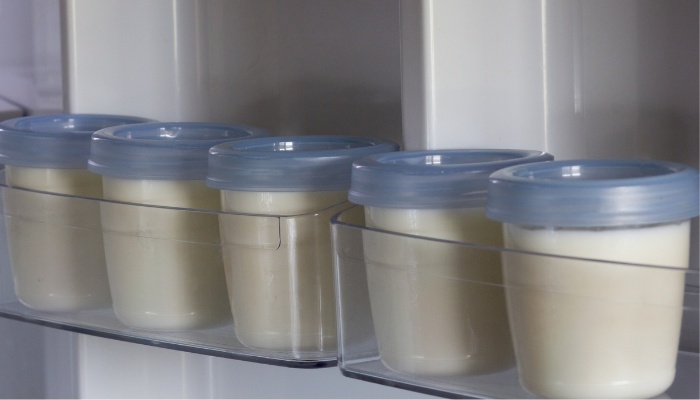Are you facing the common dilemma of having excess breast milk in your freezer after weaning your baby? Or do you find yourself with guaranteed leftovers every time your little one doesn’t finish their bottle?
Whatever the reason, don’t throw this extra liquid gold away! You’d be surprised at how many weird and wonderful things you can do with extra mama’s milk — here are 23 suggestions…
1. Donate It!
Milk banks are always in need of excess breast milk to help vulnerable preterm infants feed.
Many mothers are unable to breastfeed or produce milk for medical reasons, so donations can ensure their fragile babies get the supplements they need.
The screening process to become a milk donor can simply involve a phone consultation and a questionnaire of your medical history, so it can be well worth signing up for.
2. Breast Milk Baths
You’ve heard of a regular milk bath – this is that only with greater benefits!
Simply adding some of your excess breast milk to your baby’s bath (or your own) adds several awesome vitamins and bioactive substances into the mix that help to…
- Reduce inflammation
- Moisturize
- Nourish the skin
- Work as an antibacterial agent
- Fight the signs of aging
3. Breast Milk Soap
Because breast milk naturally contains both moisturizing and anti-bacterial properties, it’s a no-brainer for many moms to pour some leftover mama’s milk into a soap mold mix!
All you’ll need to make your own breast milk soap is a cup of room temp mama’s milk, a glycerin soap base, some cute soap molds, and an (optional) essential oil that’s not too overpowering, like lavender.
4. Breast Milk Lotion
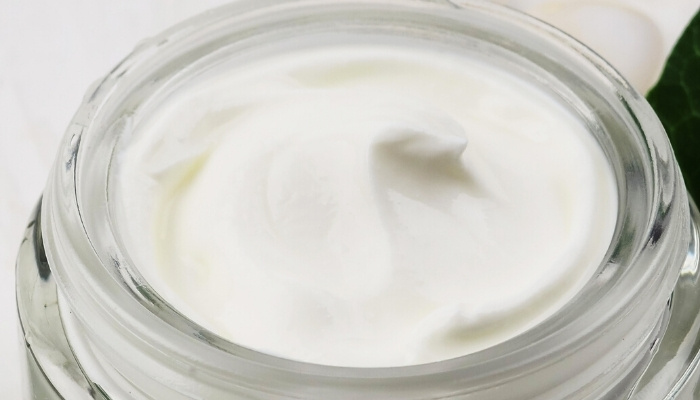
While some advocate applying breast milk directly for the skin to see benefits, it can be a little thin and hard to apply.
Thickening breast milk with other beneficial ingredients like beeswax and grapeseed oil, however, can turn it into a nice silky lotion that’s great for mom and baby!
5. Use for Diaper Rash
A natural component of breast milk is hydrocortisone — recognize this term?
It’s because diaper rash creams and topical ointments for infant rash contain a mild low-potency form of this steroid, so what better way to deliver these skin benefits to your baby than in its natural form?
6. Use To Relieve Sore Nipples
According to Medline and the breast pump company Ameda, breast milk can be an effective treatment for sore, dry, or cracked nipples with some findings even revealing breast milk to be more effective than the frequently prescribed lanolin cream.
7. Baby Eczema
Around 20 percent of infants are affected by baby eczema during their first few months, according to Johns Hopkins Medicine, with most cases commonly appearing on the face, knees, and elbow points.
Thankfully, as a great moisturizer, breast milk (when applied in lotion or in the form of a milk bath) can be very soothing on a baby’s red, cracked skin.
8. Baby Cradle Cap
Cradle cap is a harmless condition that appears due to an abundance of yeast in your baby’s growing skin, and it normally disappears on its own after 6 months or so.
Due to breast milk’s many skin benefits, some mothers have found cradle cap seems to diminish quickly with a little application of mama’s milk.
9. Make Freezer Pops for Teething Baby
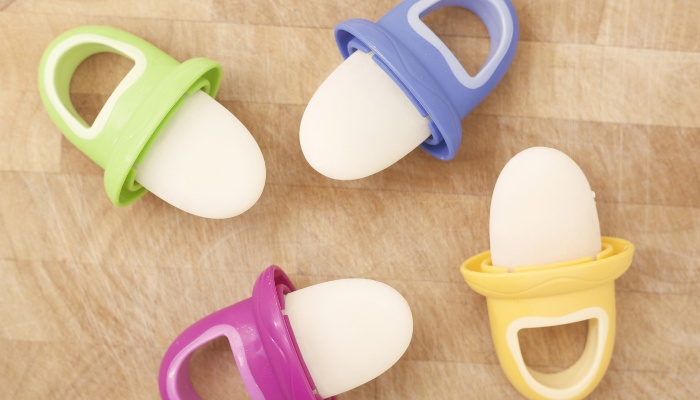
Yes, you can even make breast milk popsicles for your little one! Pour breast milk straight into a popsicle mold (perhaps with a little diced or pureed fruit to make a really tasty treat!).
Once they’re frozen, you can gently run the cold milk pops along your baby’s gums to provide a much-needed soothing sensation during teething.
10. Use To Make Baby Cereal
With its creamy consistency and sweet taste, breast milk is perfect for mixing in with oats and grains to quickly whip up a yummy bowl of baby cereal.
Combine cold or room-temperature breast milk with pulsed, blended oats and honey to make a delicious and hearty meal for your growing guy/gal. Here’s a super easy recipe to try out!
11. Mix With Solid Food
Your baby will be ready to move on to solids by about 6 months, and a great way to use up all that excess mama’s milk is to add it to a medley of soft-cooked fruit and vegetables.
Blend it all together and voila – homemade baby puree!
12. Treat Sunburns
Fill a spray bottle with 3 parts water and just enough breast milk to create a cloudy solution for an effective and 100% natural sunburn soother at home.
Just mist over the area, and allow it to soak in and dry as normal.
13. Relieve Insect Bite Discomfort
The anti-inflammatory properties and antibacterial agents found within breast milk make it a great choice for relieving the throb and irritation of insect bites.
Either dab some of the milk onto the area directly using a cotton pad or make an insect bite spray solution similar to the sunburn treatment above for effective relief.
14. Treat Baby Eye or Ear Infection
Babies can be prone to ear infections between 6 and 18 months. Eye infections are also quite common in newborns due to bacteria exposure in the birth canal.
Breast milk fits the bill of a non-acidic liquid containing probiotics (good bacteria), so it can safely be administered in the form of eye and ear drops.
Place 3-4 drops at the entrance to baby’s ear canal or a couple of drops in the affected eye to help fight the infection.
15. Treat Minor Scrapes & Cuts
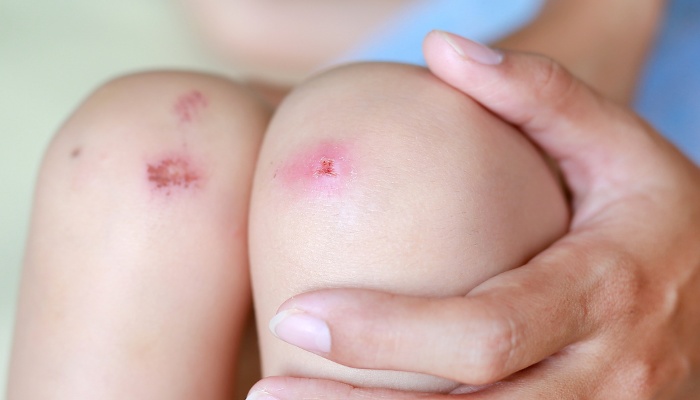
Cuts and scrapes in your baby’s skin are quite likely to become infected if your little tot is doing a regular crawling tour of the house!
As with treating insect bites, dab a little breast milk into their minor wounds to soothe discomfort and help keep infections at bay.
16. Relieve Sore Throat
Tell-tale signs of a sore throat in your little one are things like:
- Refusing food/drink
- Crying
- Fever
- Appearing less active
- Accompanying symptoms of a viral infection like a runny nose/cough
- Redness at the back of the throat
To offer them a little relief, give them a couple of spoonfuls of breast milk to take by mouth.
If your little one’s sore throat persists for more than 4 days and is accompanied by a fever higher than 99.5°F, please visit your baby’s doctor.
17. Use as Facial Cleanser
Sydney from Motherhood Sprouting swears by breast milk as a facial cleanser, describing it as a great regulator that “makes my skin feel neither dry nor oily” and that helps “breakouts clear in a matter of days.”
It’s pretty hard to find a facial wash that is highly moisturizing and 100% natural, but breast milk ticks both boxes — oh yeah, and it’s free!
18. Heal Clogged Tear Ducts
Often at birth, one or both of your baby’s tear ducts have yet to fully open, resulting in a blockage that can make their eyes appear a little crusty and weepy.
Human milk to the rescue! A warm compress and a gentle application of breast milk on the affected duct have been found to help clear the blockage.
19. Ease Congestion
Is there nothing human milk can’t do? According to Healthline, breast milk can be used in a similar way to saline nose drops in the treatment of viral-related congestion.
Use a dropper to insert the milk into your baby’s nose. The anti-inflammatory and antiviral properties actually help to break down mucus and may even help to fight off the cold.
20. Clear Up Skin Issues & Acne
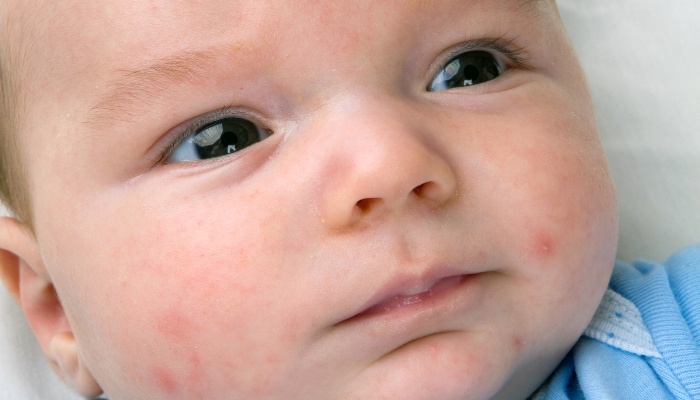
In addition to anti-inflammatory and anti-bacterial properties that can help with skin ailments, breast milk contains lauric acid — a saturated fatty acid with antimicrobial properties designed to soothe and calm angry and inflamed skin, like acne.
Many people have reported a noticeable difference in their skin after just one use!
21. Use as Plant Fertilizer
Feed your plant babies after feeding your human baby! Breast milk is rich in beneficial minerals, so whatever they’re lacking in the soil, a little drink of mama’s milk will help to keep them perky and maybe even help them to live a bit longer.
22. Breast Milk Jewelry
Officially one of our favorite uses for excess breast milk on the list, breast milk jewelry is the beautiful process of preserving the milk with preservation powder, drying it out into flakes, and grinding them to make pendants for necklaces, charm bracelets, and earrings.
The breastfeeding stage is so fleeting, so what a lovely way to immortalize this special early bond between mother and child. We’re definitely here for it!
23. Save It for Next Feeding
Lastly — an obvious but sensible suggestion — is to simply hold on to your leftover breast milk until the next feed. This only applies if the leftover milk is used within 2 hours, however.
If your baby doesn’t finish their bottle, the leftover milk can be contaminated with bacteria from their mouth, so the CDC recommends that leftover breast milk be discarded after 2 hours.
Closing Thoughts
Human milk is truly amazing — after nourishing your child with everything they need to grow strong and healthy, it can also help in the treatment of acne, make baby cereal (and baby food in general), treat cradle cap, help with teething, feed your plants, and much more!
Leftover breast milk can also help vulnerable preterm babies to feed when their mother’s milk is unavailable, so if possible, donating to a milk bank for use in local hospitals could be the best thing you do with yours.
Mom of three (including identical twin boys), wife, and owner of Parents Wonder. This is my place to share my journey as a mother and the helpful insights I learn along the way.

